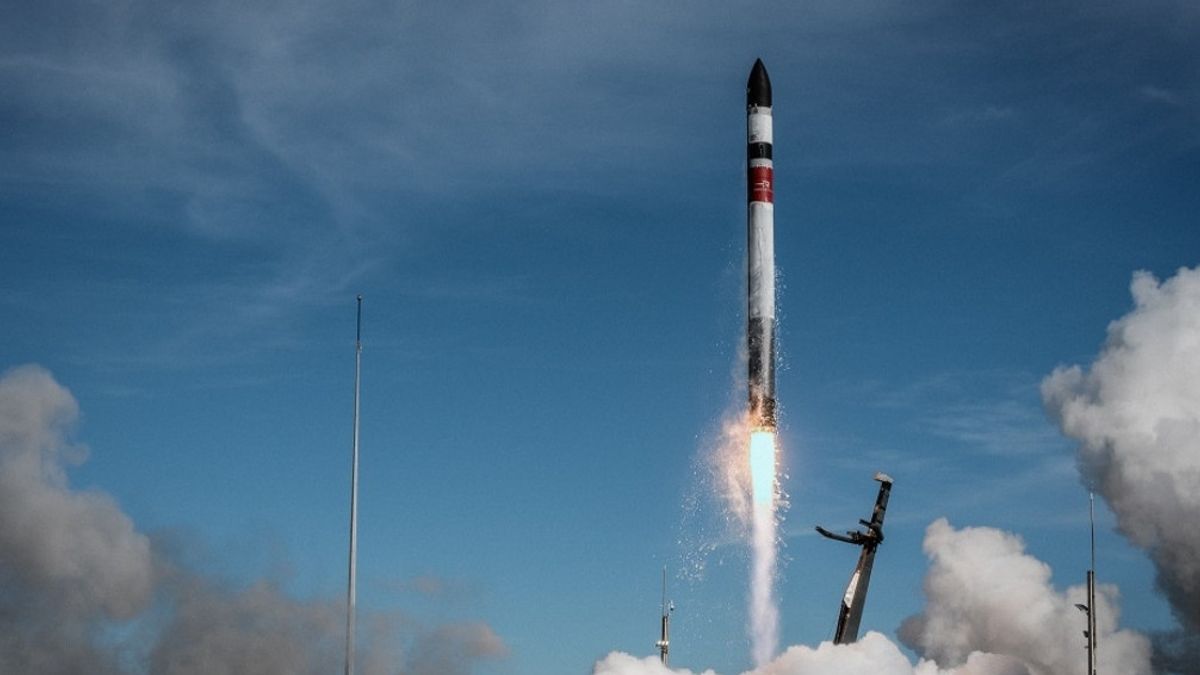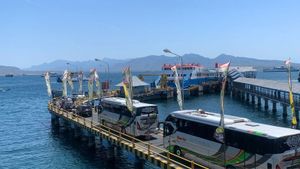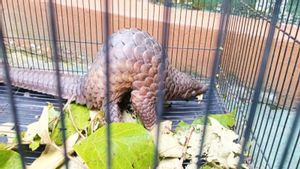JAKARTA Rocket Lab deployed two satellites into space via the Beijing of The Swarm mission. The two satellites were launched into different orbits using the Electron rocket on Wednesday, April 24.
Electron took off from the Rocket Lab 1 Launch Complex in Mahia, New Zealand at 10:32 a.m. local time. The two satellites that became the Electronic payload were NEONSAT-1 and Advanced Composite Solar Sail System (ACS3).
NEONSAT-1 and ACS3 are stationed in stages. Initially, Electron will put NEONSAT-1 first. After that, Electron will burn the engine to climb and land ACS3 at an altitude of 1,000 kilometers.
NEONSAT-1, which is the main payload of therideshareElectron mission, was developed by the Korea Advanced Science and Technology Institute (KAIST). The satellite was launched into the Middle Earth Orbit (MEO) at an altitude of 520 kilometers.
During its mission, NEONSAT-1 will observe the Korean Peninsula region. Data from this satellite will be paired with Artificial Intelligence (AI) so that the satellite can monitor natural disasters in the targeted areas.
SEE ALSO:
The second payload that is part of the Beginning of The Swarm mission is NASA's ACS3 satellite. This satellite is the latest technological demonstration for solar screen propulsion systems. This technology can support low-cost space missions.
By relying on composites, a combination of materials with different properties, the solar screen system can be added to various other satellites, such as asteroid reconnaissance satellites and small objects in outer space as well as solar polar observer satellites.
The English, Chinese, Japanese, Arabic, and French versions are automatically generated by the AI. So there may still be inaccuracies in translating, please always see Indonesian as our main language. (system supported by DigitalSiber.id)















